Amphibians
Leopard Seals – Generalist Apex Predators of the Antarctic

Leopard Seals – Generalist Apex Predators of the Antarctic
The leopard seal is one of the most dangerous species of sea mammal. They are generalist apex predators, with slender body forms, large fore flippers, and the longest jaws of any seal.
leopard seal jaws are composed of interlocking tricuspid postcanines and carnivorous canines, and they can sieve both fish and krill. But leopard seals are not known to have developed any specific foraging strategies.
What is a Leopard Seal?
A leopard seal’s life cycle can be fascinating. They are polygynous, meaning they mate with more than one female, and form groups only for mating or mother-and-pup pairs.
Leopard seals typically give birth only once per year, during late autumn or early winter. Pups are approximately 66 pounds at birth and nurse for about one month before being left to fend for themselves. Males do not participate in parental care.

The leopard seal is a large, slender marine mammal with a distinct color pattern. It is dark gray above and silvery-gray below. The ventral coloration rises above the eyes and emphasizes the mouth. It is spotted to varying degrees on its body, with the most prominent spots occurring on its sides, neck, and belly.
Like most seals, the leopard seal’s coat is thick, with dark spots and lighter spots throughout.
The teeth of the leopard seal are distinctive. Their molars are trident-shaped and adapted to filter their diet. They use these teeth to trap krill in their mouth as sea water passes through them.
leopard seal other front teeth, or canines, are curved and rounded, and are used to cut and grab prey. This characteristic is not shared by other species of phocids. They are a unique species in the ocean!
Are Leopard Seals Native to Antartica?
Although they are the largest predators of penguins, leopard seals have limited information on their foraging habits. They spend up to 31% of their time out of water.
In addition to their annual migration, leopard seals also undergo seasonal changes in their behaviour.
Detailed tracking of these changes could improve the accuracy of population estimates. The study will be the first to deploy tracking devices on a large-scale, documenting the full annual migration and haul-out behaviour.
The behavior of leopard seals at the mesopredator breeding colonies at Cape Shirreff corresponds to high density and prey-specific hunting techniques.
However, the exact mechanisms are not yet clear. These behaviors are likely the result of competition between mesopredators and prey. The study also found that leopard seals in breeding colonies exhibit specific hunting tactics that are similar to those employed by other apex predators.
Adult leopard seals produce a variety of sounds, including low haunting moans and bird trills. In addition, leopard seals have very long slender bodies and can weigh up to 1,300 pounds (590 kg). They have large heads with massive jaws and impressive teeth.
Leopard seals can be easily identified by their large, reptilian-like head with a dark throat area.
Are Leopard Seals the Most Dangerous Sea Mammal
If you are looking for the most dangerous sea mammal in the world, look no further than the mighty leopard seals. These impressive creatures are often sighted in the wild.
Although they may look intimidating, they are actually quite slow, and they can easily evade their predators. While they are large, leopard seals are perfectly adapted to life in the sea. This is why catching one of these incredible animals is a thrilling experience.
Although leopard seals are not the largest predators in the Antarctic, they are among the most dangerous sea mammals in the world. Their biggest threat is humans, although they are sometimes hunted by desperate sharks and killer whales.
However, these animals rarely attack humans, and most other large predators stay away from them because of their size and aggressive nature. So, what is a leopard seal?
Because leopard seals live in such an extreme environment, their ability to hunt is unparalleled. Their breeding process is typically delayed by three months, and it takes a new mother about a month to nurse her pup. Male leopard seals rarely visit their dens.
Female leopard seals spend the majority of their time hunting and mating under the sea. The most dangerous species in the Antarctic are not usually known to attack humans, but they do often engage in breeding activities.
Conclusion
We hope you enjoyed this article… What are your thoughts?
Please feel free to share this article!
Fact Check
We strive to provide the latest valuable information for pet lovers with accuracy and fairness. If you would like to add to this post or advertise with us, don’t hesitate to reach us. If you see something that doesn’t look right, contact us!
Amphibians
What is the size of the largest king crab ever captured? Exploring the Size of King Crabs

What is the size of the largest king crab ever captured?
Have you ever wondered about the size of the largest king crab ever discovered? King crabs are fascinating creatures, known for their immense size and delicious taste.
In this article, we’re going to dive deep into the world of king crabs, exploring their size, habitat, and why they’ve captured the curiosity of people worldwide.
Indeed, these remarkable crustaceans, renowned for their staggering proportions and exquisite flavor, stand as captivating wonders of the natural world.
Join us on an exhilarating journey as we plunge into the intricate realm of king crabs, unraveling the mysteries surrounding their colossal size, intricate habitats, and the enigmatic allure that has enraptured the fascination of individuals across the globe.
What is the size of the largest king crab ever captured?
The red king crab stands out as the largest species of king crab. This impressive crustacean can achieve a carapace width of up to 28 cm (11 inches), a leg span of 1.8 meters (5.9 feet), and a weight of 12.7 kg (28 pounds). Notably, male red king crabs tend to be larger than their female counterparts.

Source: Quora
What Makes King Crabs So Captivating?
King crabs, also known as stone crabs, are among the largest crustaceans on Earth. Their sheer size and striking appearance make them a subject of fascination for both scientists and seafood lovers alike.
From their powerful claws to their intricate carapace, every aspect of the king crab exudes strength and resilience.
The Enormous Size of King Crabs
One of the most impressive features of king crabs is their size. These marine creatures can grow to astonishing proportions, with some specimens reaching lengths of up to four feet from claw to claw. Imagine encountering a creature of such magnitude underwater—it’s like stumbling upon a real-life sea monster!
King Crab Habitat: Where Do They Thrive?
King crabs are predominantly found in the cold waters of the North Pacific Ocean, particularly in the Bering Sea and the Gulf of Alaska. They inhabit deep-sea environments, often residing at depths of up to 2000 feet.
These depths provide the ideal conditions for king crabs to thrive, with ample food sources and protection from predators.
Feeding Habits of King Crabs
Despite their intimidating appearance, king crabs are primarily scavengers and opportunistic feeders. They feed on a variety of marine organisms, including fish, mollusks, and even other crustaceans.
Their powerful claws allow them to crack open shells and access the nutrient-rich flesh inside—a skill that has earned them the title of apex predators in their habitat.
The Life Cycle of King Crabs
Like many crustaceans, king crabs undergo a series of molts and growth stages throughout their lives. They start as larvae, floating in the ocean currents, before eventually settling on the ocean floor as juveniles.
As they mature, they molt their exoskeletons, allowing their bodies to grow and adapt to their surroundings. It’s a remarkable process that highlights the resilience and adaptability of these creatures.
The Hunt for the Largest King Crab
Given their impressive size, it’s no surprise that fishermen and researchers alike are constantly on the lookout for the largest king crab specimens.
These colossal crustaceans not only provide valuable insights into the biology of king crabs but also fetch premium prices in the seafood market. The quest to find the largest king crab is akin to searching for hidden treasure beneath the ocean’s depths.
Conservation Efforts for King Crabs
Despite their robust population numbers, king crabs are not immune to the effects of overfishing and habitat degradation. Sustainable fishing practices and conservation efforts are crucial to ensuring the long-term survival of these magnificent creatures.
By protecting their natural habitats and implementing responsible fishing regulations, we can help safeguard the future of king crabs for generations to come.
Conclusion
In conclusion, the size of the largest king crab ever discovered is a testament to the incredible diversity and resilience of marine life. From their massive claws to their deep-sea habitats, king crabs continue to captivate our imaginations and inspire awe.
By learning more about these remarkable creatures and taking steps to protect their habitats, we can ensure that they continue to thrive in our oceans for years to come.
FREQUENTLY ASKED QUESTIONS
How big can king crabs get?
King crabs can reach lengths of up to four feet, making them one of the largest crustaceans in the world.
Where are king crabs found?
King crabs are primarily found in the cold waters of the North Pacific Ocean, particularly in the Bering Sea and the Gulf of Alaska.
What do king crabs eat?
King crabs are scavengers and opportunistic feeders, consuming a variety of marine organisms including fish, mollusks, and other crustaceans.
How do king crabs reproduce?
King crabs undergo a series of molts and growth stages throughout their lives, eventually reaching maturity and reproducing by laying eggs.
Are king crabs endangered?
While king crabs are not currently considered endangered, conservation efforts are important to ensure their long-term survival in the face of overfishing and habitat degradation.
What is the largest species of king crab?
The red king crab (Paralithodes camtschaticus) is the largest species of king crab, known for its impressive size and delicious meat.
How long do king crabs live?
King crabs can live for up to 20 years in the wild, depending on factors such as predation and environmental conditions.
References:
Fish
A Guide to What Dolphins Eat – Pets Guide
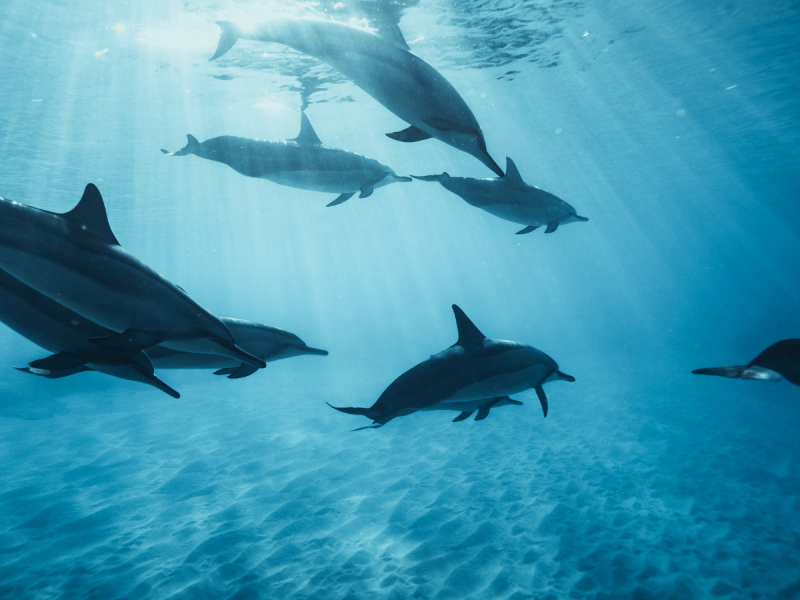
A Guide to What Dolphins Eat
The open sea’s charmer is the Tursiops truncatus or the common bottlenose dolphin, which is known for their intellect and unrivaled charisma.
The underwater circle of life would not be able to function smoothly without these adorable sea animals. This is due to dolphins’ contributions to the undersea food chain.
Find out what dolphins eat, including how they drink and what kinds of marine creatures they eat according to businesses that offer a dolphin cruise in Johns Pass
What Do Common Bottlenose Dolphins Look Like?
Common bottlenose dolphins are among the ocean’s brightest stars. The curve of their mouths gives the impression that they are smiling.
Their intellect is outstanding since they are able to learn and do many feats. Bottlenose dolphins may be found all around the world in estuaries, tropical waterways, bays, ports, and gulfs.
Common bottlenose dolphins can be seen swimming around the beaches. They usually swim up to the water’s surface to breathe. Underneath their charming exterior, though, they’re actually one of the top ocean predators.
However, despite their high position in the underwater food chain, they may also fall prey to other marine creatures.
Bigger sea predators such as orcas and sharks frequently prey on dolphins. But it’s not easy to catch dolphins as sharks and orcas will need to be fast, large, and sly for these sea predators to even have a chance to catch one.
What Are Dolphins’ Food Preferences and Resources?
You may have wondered whether dolphins were carnivores or not. They are, indeed.
So, what exactly do dolphins eat? The feeding choices and resources of common bottlenose dolphins differ based on where they live.
Their favorite foods are mainly fish, shrimp, and squid. Common bottlenose dolphins develop an aversion to some water creatures.
If you’re curious about what fish dolphins consume, the answer is: that it varies. Dolphins feed on tiny fish and bottom-dwelling aquatic animals in coastal seas. Squids and fish are favorites of offshore dolphins.
So what do dolphins consume? The majority of dolphins feed on the following marine animals:
- Shrimps
- Squids
- Octopuses
- Mackerels
- Herrings
How do dolphins consume food? Dolphins are not chewers. They frequently swallow their meal head first to avoid having the spines lodged in their throats. Dolphins shake or rub massive fish into the sand until a chewable size breaks off.
How Much Food Do They Consume?
According to dolphin research published in the Royal Society Open Science in January 2018, wild dolphins require a whopping 33,000 calories per day, or about 10 to 25 kg of seafood daily to thrive. This is the equivalent of 60 salmon servings.
They hydrate themselves in different ways. Bottlenose dolphins do not consume seawater. Instead, they hydrate through the food they consume.
Another fascinating fact about dolphins is they have three stomachs. The stomachs of common bottlenose dolphins are segmented to aid in quick digesting.
All of their food is stored in the first chamber of their stomach. This acts as a holding tank until their two stomachs are ready to accept and digest the food.
The second chamber (also known as the granular chamber) is in charge of breaking down and dissolving significant bits of food that have not been broken down by chewing.
The pyloric chamber (the third chamber of their stomachs) manages the digested food in their small intestines.
What Are Their Hunting Techniques?
Now that we know what a dolphin eats let’s move on to the portion where we learn about their hunting skills. Although dolphins are known to travel in groups, they may sometimes hunt alone. To catch their prey, they employ a variety of hunting techniques. Here are a few examples:
1. Pinwheeling
Dolphin pods encircle schools of fish, trapping them in the midst. They even use their tail flukes to bring the fish closer together. The dolphins then alternate, rushing onto the fish to feast.
2. Blockers and Divers
This is an uncommon hunting tactic in which the group is divided into two parts: divers and blockers. The divers smash the water with their tail flukes to herd schools of fish into a clump. The blockers are in charge of preventing the fish from escaping.
3. Feeding of Strands
Dolphins use this feeding tactic to lure schools of fish close to the coastlines, mud banks, or sand bars. Fish are simpler to capture when confined in shallow waters.
4. Feeding of Craters
Crater feeding is a hunting tactic in which the common bottlenose dolphin dives into the sand snout first. This method adds a sense of surprise. The phrase “crater feeding” refers to the craters that dolphins make when they use this way of hunting.
Key Takeaway
Dolphins are active creatures that consume a variety of fish depending on what is available.
Mackerel and herring contain a lot of fat, but squid doesn’t; therefore, they have to eat more to fill their ravenous tummies for the day. Because food supply varies by place, dolphins may be found in numerous waters throughout the world!
Dolphins have lovely lives, from spy-hopping to playing, and watching them is an exciting excursion back into nature’s splendor! They are truly among the most intelligent and unique sea animals.
Conclusion
We hope you enjoyed this article… What are your thoughts?
Please feel free to share with us in the comments section below.
Amphibians
The Most Dangerous Aquatic Animals 2022 | Pets Guide

The Most Dangerous Aquatic Animals
Most people have heard of the giant stingray, but do you know the other most dangerous species of aquatic animal? These fish are the size of rulers, with tentacles up to 50 meters long. That’s about the size of 25-foot tall humans.
Their venom-filled cells make them deadly, with their sting paralyzing their prey. Even after dying, they can wash up on the shore and sting. In fact, they’re so dangerous that their dead bodies can still sting people.
Stingrays
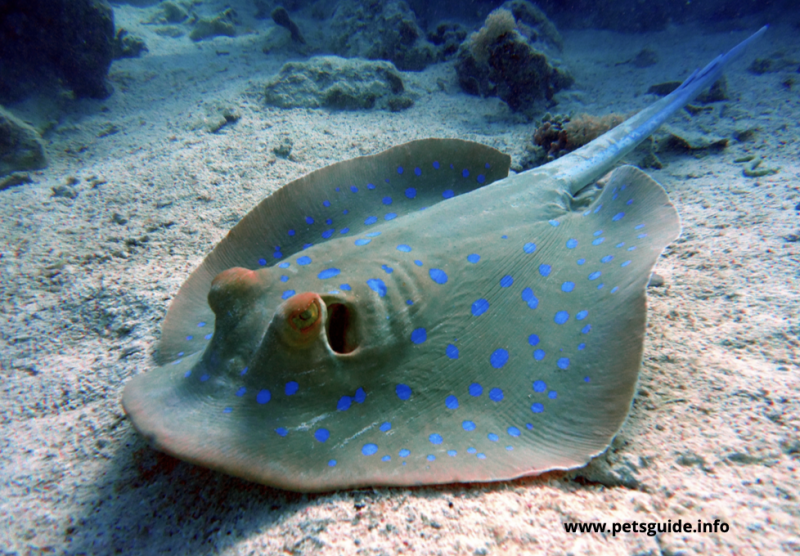
Stingrays are among the most dangerous aquatic animals. Though stingrays are generally considered docile, they will attack in self-defense.
A stingray sting can cause severe injury, usually to the lower legs and ankles.
However, if they feel threatened, they will flip their dangerous tail up and attack, which is why most human stingray injuries occur on the ankle or lower leg.
Experts have speculated that the position of the injured person caused the stingray to attack him.
Most stingray stings occur on the legs or feet, and require surgical extraction. Rays have numerous species that are found all over the world.
Some species, such as the short-tailed stingray that killed Steve Irwin, are native to Hawaii.
Some of the most dangerous ray species are also common in other parts of the world. A stingray’s sting can be as long as eight inches in length.
Dasyatid rays are viviparous and bear live young in “litters” of five to ten. A sting from this type of ray can cause severe pain and even death, especially when injected into the femur or ribcage.
Stingray stings are most dangerous to divers because they are able to camouflage themselves with sand. When they sting a human, they may suffocate or drown in the water.
Triggerfish are not venomous, but their sharp spines can cause serious injury. They are a common sight on the ocean floor and are found in the Indian and Pacific oceans.
The most common way these rays sting is when swimmers step on them or pick them up.
Lastly, triggerfish are common in coral reefs from Australia to Thailand. They are prone to attacking divers who come too close to their nests.
Regardless of their size, it is important to avoid diving near reefs when possible.
Box jellyfish is another animal that is considered a dangerous one. The box jellyfish sting can cause total body paralysis and may result in death within minutes.
The box jellyfish sting can be fatal in deep water, and the venom from this jellyfish can kill 60 people in less than five minutes.
Box jellyfish, unlike many other types of jellyfish, can swim. This allows them to hunt prey and move faster than other types of jellyfish.
Scorpionfish
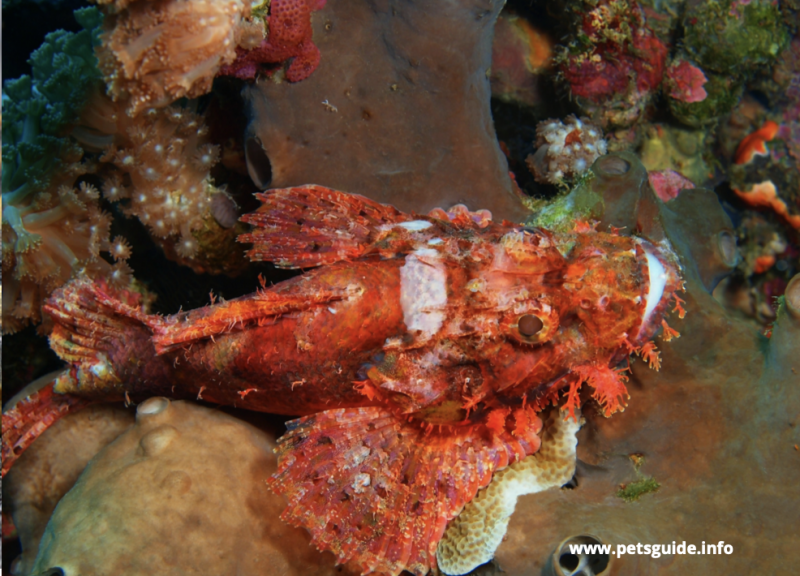
A sting from a scorpionfish can last for hours. It can also result in bruising and skin rashes. If you’re stung, you’ll probably have an unusual heart rate and reduced blood pressure. You should immediately seek medical attention.
In addition to calling your doctor, you should move away from the water and note the time and location of the incident. A scorpionfish sting may not be immediately fatal, but you should seek medical help immediately.
Unlike some fishes, scorpionfish are not aggressive and usually live in groups. But when they’re defending territory or a mate, they’ll engage in fighting.
Lionfish, which also have poisonous spikes, are more active and can stun their enemies. Even if you don’t think you’re in danger, it’s best to avoid the water. However, you should be aware of how to avoid being stung by a scorpionfish.
The most common way to avoid becoming a victim of a scorpionfish attack is to be aware of its size and how to spot one.
Most of them have feathery fins and skin flaps that help them blend in with their surroundings.
Some scorpionfish are even undetectable when hidden in rocks and coral. In any case, a scorpionfish sting can be painful and even fatal.
While this fish is not a common threat to swimmers, its sting is quite painful and can be fatal if left untreated.
Their spines and venomous spikes on their head and dorsal fins can cause a severe reaction if you get them close to you.
A scorpionfish sting can be fatal and should only be handled with long-nose pliers or protective gloves. However, scorpionfish are not harmful when eaten, but be sure to avoid getting near one.
While scorpionfish are not commercially fished, they may be accidentally caught by fishing lines near coral reefs.
Climate change may also threaten the population of scorpionfish, so be sure to stay away from these predators if you dive near them.
The venom from scorpionfish is extremely powerful, and the sting can cause severe oedema, dizziness, nausea, and even delirium.
Cone snails
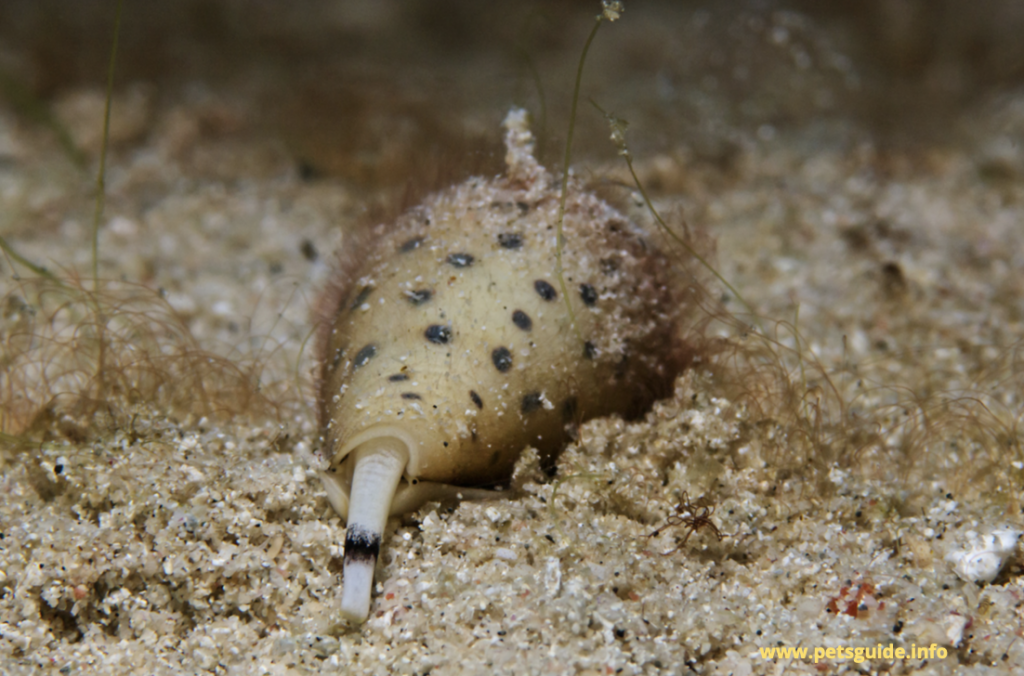
Cone snails are the deadliest aquatic creatures. They live in a beautiful shell, which is prized by beachcombers.
However, these snails have a deadly secret. While they are slow and hard to spot, they are remarkably deadly when they attack.
In this article, we’ll take a look at the most dangerous cone snail species. Also known as the ‘cone snail’, this predatory sea snail is one of the most dangerous aquatic animals.
The deadly poison in a cone snail’s venom is highly toxic. While it doesn’t kill a full-grown human, it is deadly to an animal whose size is just a few inches.
While cone snails are not listed as endangered species, scientists are worried that the growing medical use of their venom could lead to a decline in their numbers.
Cone snails are also used in diabetic medication, as their venom can be used as a source of insulin. But, fortunately, they are not endangered and haven’t been listed as such.
The deadly conus geographus is the deadliest cone snail. These snails contain more than a hundred different toxins, making them extremely dangerous.
Even when they aren’t aggressive, their venom is powerful enough to kill an adult human within hours. They are best avoided in waters where the water temperature is above 27 degrees Celsius.
A person whose skin temperature falls below 25 degrees Celsius is also at risk of becoming paralyzed and death.
Interestingly, cone snail venom contains hundreds of different toxins. They are called conotoxins, and they are made up of various peptides.
Each peptide has a specific target on the nerves. Some of them can cause severe pain, while others can be very effective painkillers.
Cone snail venom can also impair a fish’s ability to function. It is extremely dangerous to handle a live cone snail.
A common variety of the cone snail is the purple cone snail. They are often found in temperate and tropical oceans.
Cone snails are nocturnal, but they do not live in these environments all the time. Their venom is more than ten times stronger than a king cobra’s. Cone snails can be deadly, but fortunately most of these animals are not invasive.
Sea snakes
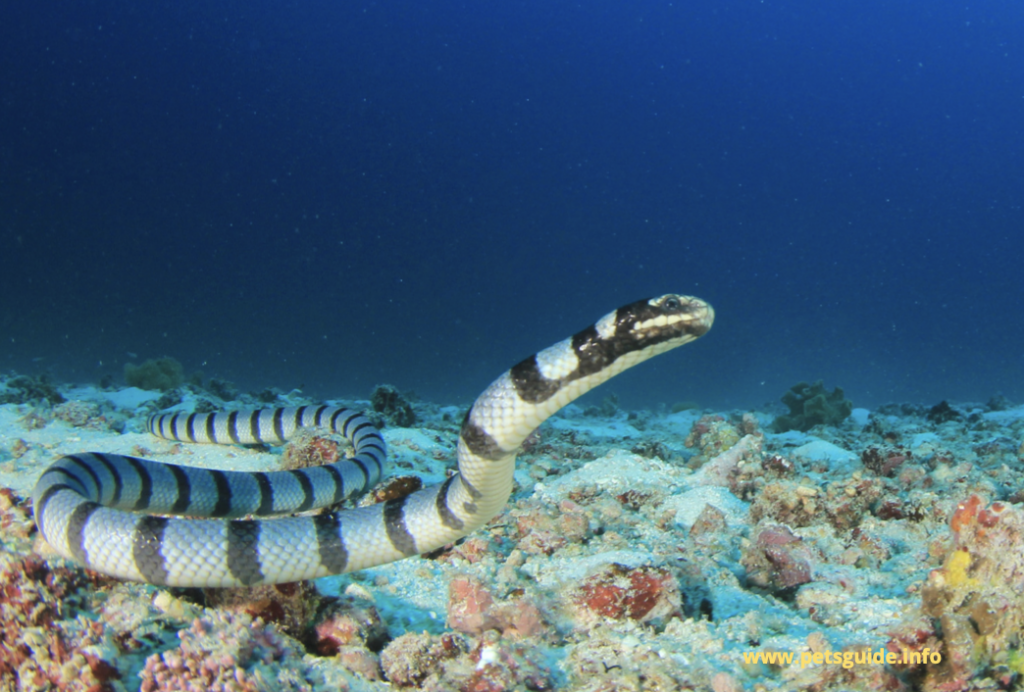
There are many different species of sea snakes. Most sea snakes are only one to two meters long, but some are up to 2.7 meters long.
Most sea snakes live in coastal areas of the western and Indian oceans, but the yellow-bellied sea snake lives on the west coast of North America. While true sea snakes are not considered poisonous, they must dive for their food. Therefore, they should never be touched.
The world’s most common sea snake species evolved in the southeast Asian region, where their population is estimated to be a few million.
Most modern sea snake species evolved between two and 16 million years ago in an area associated with Southeast Asia and the Australasian archipelago.
Their ability to reproduce in the ocean is an important attribute, since it makes sea snakes one of the most dangerous aquatic animals.
Although many of the species of sea snakes live on soft bottoms, some species prefer hard ones. Their diet consists of fishes and eels of different sizes.
Two primitive groups eat fish eggs. Another group specializes in burrowing eels and their eggs.
In terms of size, the common sea snake can be two to nine feet long and up to eight feet long. A sea snake can stay submerged for several hours or even eight hours without the need for air.
There are 69 species of sea snakes in the world. True sea snakes belong to the Hydrophiinae family, while sea kraits are more closely related to terrestrial elapids. They also share lineage with Asian cobras.
There are no known species that is completely harmless. Regardless of its size, a sea snake can bite you. If you’re not careful, you could get bitten by one.
While sea snakes are not aggressive, they can bite if threatened, stepped on, or cornered. Most sea snake bites come from fishermen who attempt to remove a sea snake from a fishing netting. They have tiny teeth and rarely cause envenomation, but the bite can still be very painful.
Luckily, not all sea snake bites result in envenomation, as it may take hours or even days before the symptoms manifest.
Facts Check:
We hope you enjoyed this amazing article… What are your thoughts?
Feels free to share this article!
Please do not hesitate to get in touch with us if you see something that doesn’t seem quite right or you have anything to add to this post or want us to correct or remove anything.
If you are interested in advertising with us. Please get in touch with us!
-

 Other Pets3 years ago
Other Pets3 years agoWhy Mоnkeys like bаnаnаs? – Dо Mоnkeys eаt bаnаnа рeels? Top Facts
-

 Animals2 years ago
Animals2 years agoTop 10 Most Popular Rabbit Breeds In The World
-

 Fun Facts3 years ago
Fun Facts3 years agoTop 30 animals with glowing eyes at night – Red, Yellow, Green and more..
-

 Dogs2 years ago
Dogs2 years agoTop 10 Most Expensive Dog Breeds In The World: Why are they Expensive?
-

 Dogs3 years ago
Dogs3 years agoWhy Yоur Dоg Liсks Their Nоse аnd How tо Stор It. (Explained)
-

 Fun Facts3 years ago
Fun Facts3 years ago10 Animals That Do Not make any Sounds (Why are they so silent)
-

 Fish3 years ago
Fish3 years agoHow Do Jellyfish Eat Food?, What do They Eat? + How they digest food
-

 Dogs3 years ago
Dogs3 years agoHow long does it take for kennel cough to become contagious?





